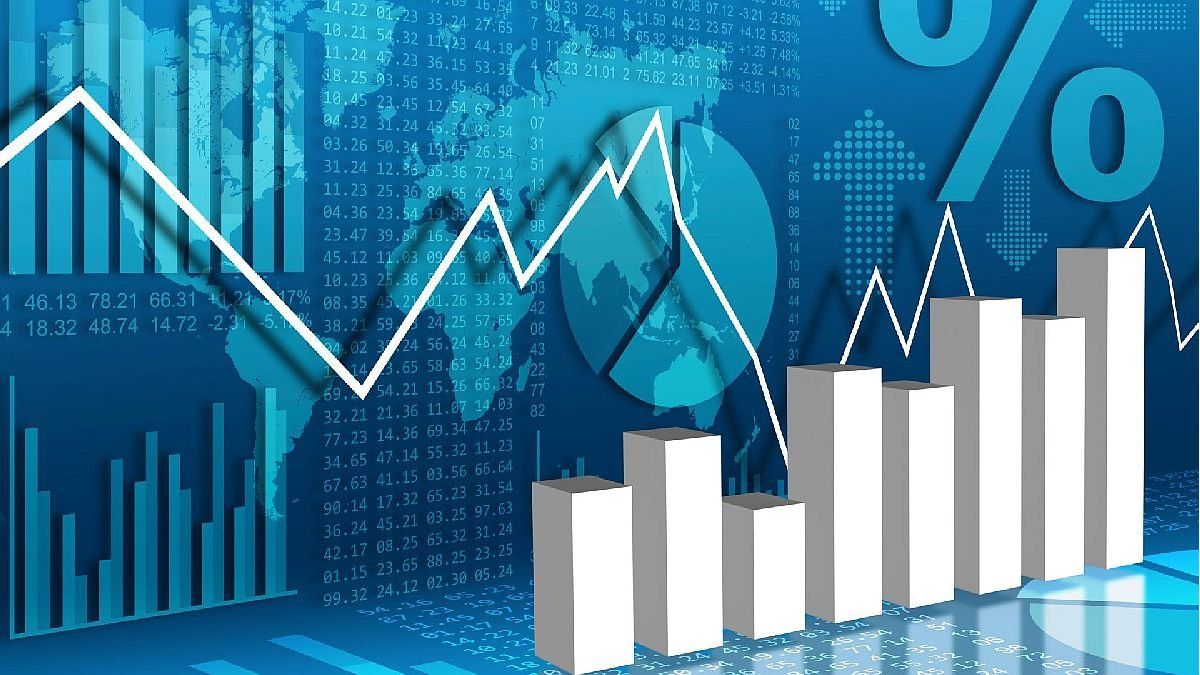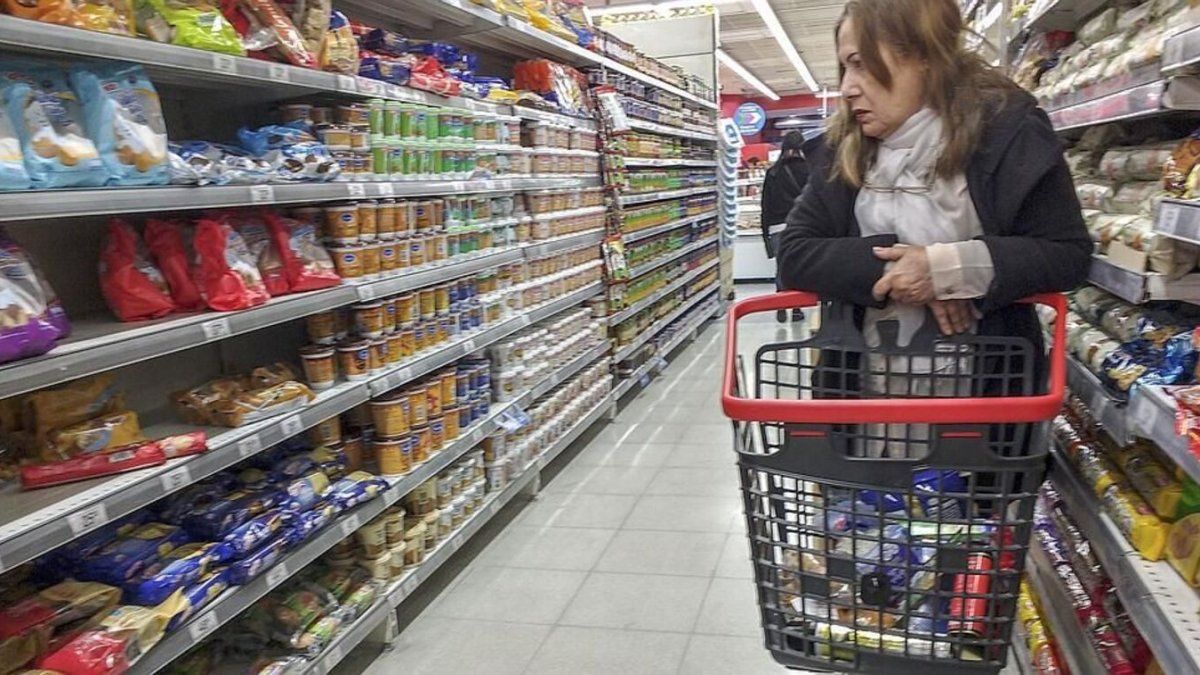The diametrically opposite policies that the United States and China have undertaken perfectly illustrate this desynchronization of the world economy. While Washington has launched large-scale support plans focused on social transfers to reduce the effects of the crisis, Beijing has decided to focus on deleveraging and decarbonizing the Chinese economy, as well as tightening regulations on large conglomerates.
USA and China.jpg
It is expected that the euro area follow another path, also different. After a more modest rebound than the US so far, the region is expected to show a more resilient growth profile with the launch of the Next Generation EU investment plan, aimed at sustaining the recovery and helping the transition energy and digital resources of the Member States.
In addition to these disparities, inflation could last longer than expected. Several factors explain the general increase in prices. Semiconductor shortages, saturation of road and maritime transport capacity, and a lack of labor in construction and personal services are making it difficult for companies to produce. Rising energy and food prices, due to particularly strong demand, combined with geopolitical tensions and climatic factors (droughts, hurricanes, etc.), is also fueling inflation.
Don’t blindly invest in China
Regarding investment options, this environment invites reflection. After a period in which financial markets have moved in one direction only, stock selection may once again be the best way to generate returns, as this strategy tends to be especially beneficial at times of change in the business cycle. A) Yes, With rates still very low and inflation picking up, investors should turn to equities in particular to obtain higher returns.
china.jpeg

In this area, the slowdown in the global recovery could favor the so-called “Visible growth”, that is, to those companies that are expected to grow strongly in their activity or that offer great visibility of their results. Furthermore, in an inflationary context, one could also look for companies capable of maintaining their margins by raising their own sales prices when their costs increase (raw materials, wages, rents, transport, etc.). On the other hand, with the health crisis, new leaders have emerged with the strengthening of certain trends: online shopping and payments, food delivery, telecommuting … All of them existed before, but the pandemic has accelerated their adoption in a sustainable way.
Beyond equities, a more selective approach could also pay off in those segments of the bond markets that still deliver: the markets in which corporate and government debt is traded for interest. This could be the case of bonds issued by companies that should continue to benefit from the reopening of the world economy or those of companies linked to the energy sector.
And what about China, where regulatory tightening aimed at correcting in the long term numerous excesses (dominant positions, inequalities, indebtedness) in certain segments of the Chinese economy has fueled the fears of foreign investors? Although the country remains an important source of growth for decades to come, investing in it remains more difficult than elsewhere. It is not about doing it blindly, since there are many issues to avoid. Therefore, it is necessary to be extremely selective in the elections and to adopt an active management so as not to depend on the evolution of the stock market indices.
We are still halfway there. And in such a complex and heterogeneous environment, diversified management – which allows a fund’s investments to be spread across various asset classes based on risks and expected returns – may seem like a particularly suitable solution, provided it combines flexibility and selectivity.
Text co-authored by David Older Keith Ney and Kevin Thozet, members of the Strategic Investment Committee of Carmignac.




